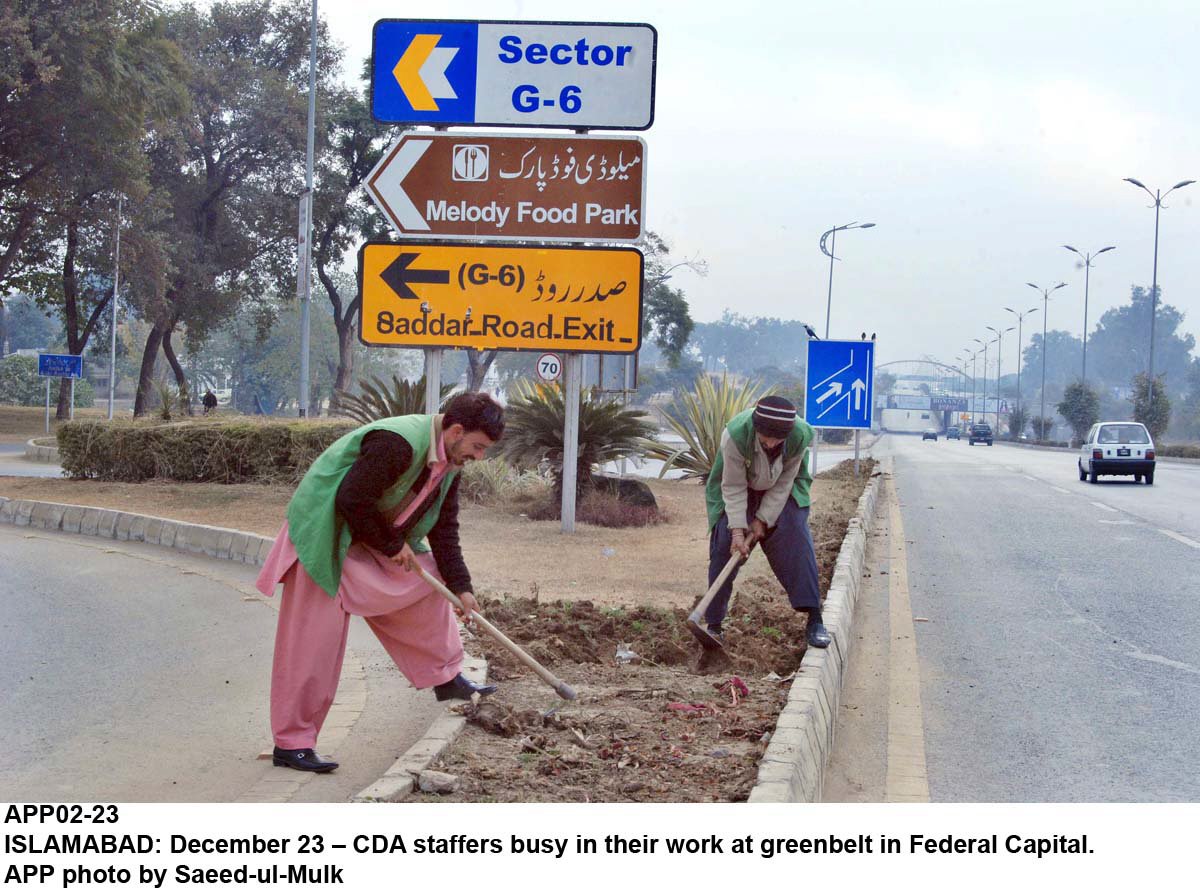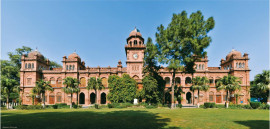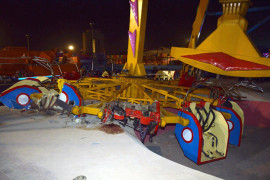
ISLAMABAD: With over half of the project almost built, the top environmental watchdog has found that an upscale housing scheme being built in the Kurri Village of the capital had massive environmental impacts and poses further environmental challenges once complete.
The environment watchdog will hold a public hearing on its assessment of the project later this week.
The project, Park Enclave, is being built by the Capital Development Authority (CDA) in Zone-IV of the capital.
CDA had planned to develop Park Enclave to offer a modern, gated, suburban residential area to ease the housing pressures within the city. The site is part of Zone-IV in Kurri Village, off Park and Kurri Road. It comprises Islamabad Park and rural peripheries wedged between Murree Road towards the north and Lehtrar Road towards the south and extending beyond Simly Road up to the edge of the Islamabad Capital Territory limits in the northeast.
The project was supposed to be built in two phases with phase one of society to see the development of 1,727.85 kanals of land where 781 residential and 35 commercial plots of various sizes would be built. Work on it started in February 2015 and is nearly complete.
The second phase of the project would cover an area of 658.8 kanals of land and comprise 315 residential and 12 commercial plots, a superstore and a marriage hall. Work on the second phase is yet to begin.
The EIA report suggests that the project created a lot of environmental issues including noise, dust, emissions, possible soil contamination, solid and liquid waste from construction activities, construction camp effluents, vehicular traffic and exhausts from vehicles, machinery and equipment.
However, the report fails to mention how much of the local vegetation including trees and biodiversity would be affected during phase one of the project.
However, the EIA report suggests that planting 6,750 trees of different varieties, 28,250 shrubs of various species and 500,000 square feet of grass around Park Enclave phase one will more than compensate for the loss of vegetation in the area.
The report further reads that an additional 788 trees of different varieties, 3,300 shrubs of various species and 58,400 square feet of grass will be planted during the development of parks in phase two to compensate for any loss to vegetation.
The EIA report further notes that once the two phases are complete offering 1,096 residential plots, a large number of people are likely to be living there at any given time.
In that regard, it said that additional traffic will be generated on the roads servicing the project which may impact the environment.
This impact, however, can be mitigated through the provision of avenues, wide roads and street for a steady flow of vehicular traffic.
“These traffic channels, ranging from a minimum width of 50 to a maximum of 150 feet, will also be sufficient for temporary roadside parking of vehicles,” the EIA reveals.
Moreover, traffic into and out of the enclave would be regulated by security guards. Even as the report cites fears for air pollution due to the increased traffic, it notes that there would be insignificant environmental damage to the land, water and biological resources and that the residual impacts of the project would be within acceptable limits provided appropriate mitigation measures are adopted.
“The environmental impact assessment (EIA) reports requires that public and private projects, which are likely to have significant effects on the environment, be subject to an assessment prior to development consent being given,” a former director of the Pakistan Environment Protection Agency (Pak-EPA) said.
He explained that an EIA is required if a project is likely to have a significant impact upon the environment.
The developer, or experts on his behalf, conduct the assessment.
The outputs of the assessment are then presented to the Pak-EPA in the report which contains information regarding the project, the baseline scenario, the likely significant effect of the project, the proposed alternatives, the features and measures to mitigate adverse significant effects as well as a non-technical summary and any additional information specified in the EIA directive.
However, a government official suggested that the upscale housing society’s assessment should have been carried out before substantial work on the project was undertaken.
“The lethargic performance and negligence on part of Pak-EPA could be scaled as EIA report of the Park Enclave project is being assessed after the completion of phase one,” an official at the Ministry of Climate Change (MoCC) told The Express Tribune on the condition of anonymity adding that the public hearing is scheduled for July 18.
Published in The Express Tribune, July 16th, 2018.

















































COMMENTS
Comments are moderated and generally will be posted if they are on-topic and not abusive.
For more information, please see our Comments FAQ